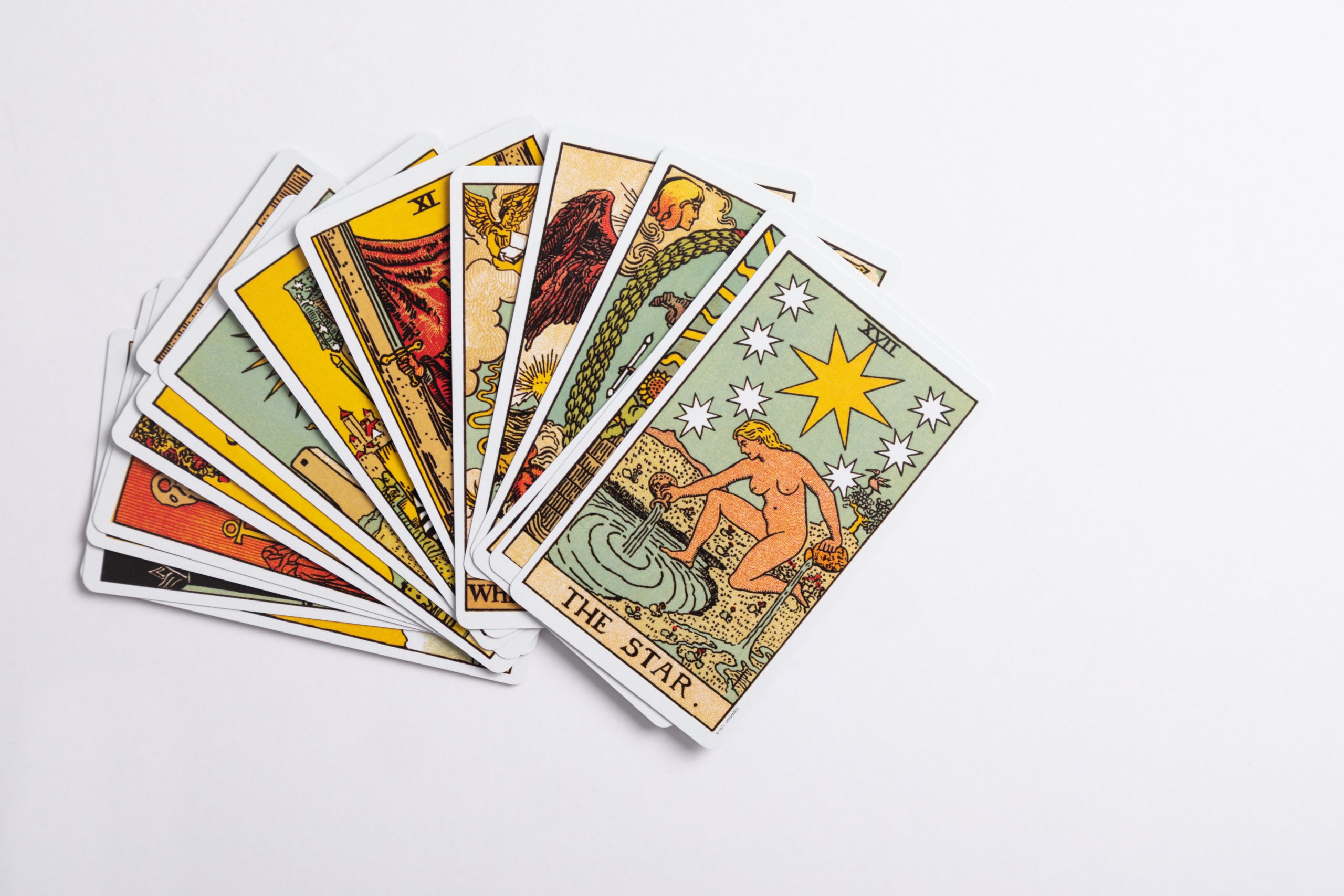How Many Moon Cycles Are There?
The moon has captivated humans for centuries. With its gentle glow and mesmerizing presence in the night sky, it has inspired countless myths, legends, and works of art. But have you ever wondered about the moon cycles? How many moon cycles are there, and what are their meanings? In this blog post, we will explore the fascinating world of moon cycles and delve into their intricacies.
The Lunar Phases
The moon goes through various phases as it orbits around the Earth. These phases are a result of the relative positions of the sun, Earth, and moon. The moon’s position determines how much of its surface is illuminated by sunlight, leading to the different appearances it presents to observers on Earth. Let’s dive into the eight primary lunar phases:
- New Moon
- Waxing Crescent
- First Quarter
- Waxing Gibbous
- Full Moon
- Waning Gibbous
- Last Quarter
- Waning Crescent
Each of these phases has its own unique characteristics, symbolism, and significance. For instance, the new moon represents new beginnings and is associated with setting intentions. The full moon, on the other hand, is often associated with heightened emotions and increased energy. Exploring the deeper meanings behind each phase can provide insights into our own lives and cycles of growth and renewal.
Lunar Cycle Duration
To understand how many moon cycles there are, we need to consider the duration of one complete cycle, known as the lunar month. The lunar month, also referred to as the synodic month, is the time it takes for the moon to return to the same position relative to the sun, resulting in the repetition of lunar phases. On average, a lunar month lasts approximately 29.5 days.
Although the lunar month is slightly shorter than the standard calendar month, it serves as a fundamental unit for measuring moon cycles. With this in mind, we can start exploring how many moon cycles occur within a given timeframe.
Annual Moon Cycles
To determine the number of moon cycles in a year, we need to consider the duration of a year and divide it by the average duration of a lunar month. In the Gregorian calendar, a year consists of 365.25 days, accounting for leap years. By dividing a year by the duration of a lunar month, we can estimate the number of moon cycles occurring within that timeframe.
Let’s calculate the approximate number of moon cycles in a year using this formula:
| Days in a Year | Duration of Lunar Month | Approximate Number of Moon Cycles |
|---|---|---|
| 365.25 (or 366 in a leap year) | 29.5 | 12.37 (or 12.41 in a leap year) |
As we can see from the calculation, there are approximately 12 to 13 moon cycles in a year, depending on whether it is a leap year or not. This means that, on average, we experience one full cycle of all eight lunar phases about twelve times a year, with occasional variation due to the slight mismatch between the lunar month and the standard calendar month.
Moon Cycles and Lunar Calendars
Throughout history, different cultures and civilizations have developed lunar calendars based on the moon’s phases. These calendars often align with agricultural cycles, hunting seasons, or traditional religious practices. By observing and understanding the moon cycles, communities were able to track time, plan activities, and connect with nature.
One prominent example of a lunar calendar is the Islamic Hijri calendar, which follows a 354 or 355-day lunar year. This calendar consists of twelve lunar months, with the start of each month determined by the first sighting of the new moon. Similarly, ancient civilizations like the Mayans and the Chinese also used lunar calendars.
Conclusion
In summary, the moon undergoes several fascinating phases as it orbits around the Earth, resulting in various moon cycles. There are eight primary lunar phases, each associated with its own symbolism and significance. The average duration of a lunar month is approximately 29.5 days, leading to approximately 12 to 13 moon cycles in a year. Understanding the moon cycles allows us to connect with nature, track time, and explore the deeper meanings behind these celestial events. So next time you gaze at the moonlit sky, take a moment to appreciate the beauty and wonder of its cycles.
Whether you are a stargazer, a spiritual seeker, or simply someone intrigued by the mysteries of the universe, the moon cycles offer a wealth of knowledge and inspiration. By immersing ourselves in the study of these cycles, we can deepen our understanding of the world around us and gain valuable insights into our own lives. So let’s continue embracing the magic of the moon and its ever-changing dance through the night sky!
Table of Contents
